How to protect hydraulic hose from cold temperatures
As we rapidly say goodbye to summer and the cold weather season approaches, our latest blog looks at how to protect your hydraulic hoses from freezing temperatures. For any industry using hydraulic hose, you should engage in extra precautions in the winter months to ensure your hoses remain in top condition. Most hydraulic…
As we rapidly say goodbye to summer and the cold weather season approaches, our latest blog looks at how to protect your hydraulic hoses from freezing temperatures.
For any industry using hydraulic hose, you should engage in extra precautions in the winter months to ensure your hoses remain in top condition.
Most hydraulic hoses are rated for -40°F (-40°C) to +212°F (+100°C). Some specialty hydraulic hoses can withstand -55°F (-48°C) to +300°F (+149°C) depending on the number of spiral or braided wires, and type of elastomeric material.
How can cold affect hydraulic hose?
Chillier weather such as ice, snow, frost and high winds are the enemy of commercial hoses. Being exposed to extreme cold, especially for prolonged periods of time, can permanently alter the bending behaviour of your hydraulic hose. After warming back up, your hose may become stiff, leathery, and tough.
Although many hoses available at the moment are designed to withstand colder weather, at least to a certain degree, it’s always best to stay on the side of caution and play it safe. By taking extra care of your hoses during extreme temperatures and weather conditions, you can potentially extend the lifespan of your hoses and prevent any potential future mishaps such as sudden hose failure.

How to prevent hydraulic hose damage in winter
Whether the weather in your area dips down into the negatives or gets just below freezing a month or two out of the year, your hydraulic hoses should still be protected from the colder temperatures.
Your job depends on quality hoses to get the job done and you trust that your hoses won’t burst or leak while in the midst of use, however, you can only ensure this if you take good care of your hoses.
Viscosity should be the first consideration when preparing fluid power systems for the cold. Using fluid with the right viscosity for the application can help to protect equipment from friction, abrasion, and adhesive wear rise.
The wrong viscosity can have the opposite effect. In particular, high oil viscosity can lead to starved pumps, cavitation and lack of lubrication.
Lower temperatures cause hydraulic fluid to increase to a higher viscosity. Close attention should be placed on grade, pour point (and added depressants), as well as the viscosity index (VI) of fluids.
To prepare fluid systems, choose hydraulic fluids with a low VI, which is measured when subjected to change in temperature. The higher the viscosity index, the higher the resistance to change in viscosity.
Consider checking VI requirements and fluid levels within hydraulic equipment prior to starting. If any fluid is too thick to drip off the end of a dipstick, it is too viscous to function properly, especially in the cold. It is also wise to check fluid levels before each use, and refill after each use.
You can also protect your commercial hoses in the winter by using a protective wrap or sleeve, keeping ice and snow away from your hose and its components, storing your hydraulic hoses indoors in a clean and dry area, and running your hydraulic system for about an hour prior to operating any attachments to give them time to warm up beforehand.
Completing regular visual inspections of your hoses and hydraulic cylinder rods for cracks and rust is also imperative during these months. If you notice any damage, your safest bet is to get brand new commercial hoses and accessories to prevent injuries or other dangers from using your faulty equipment.
For more information on hydraulic hose or fittings, feel free to get in touch with our expert team, we’re here to help. Contact us HERE.


